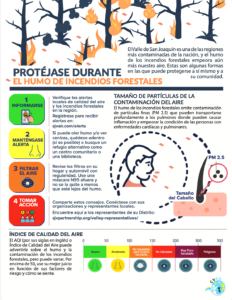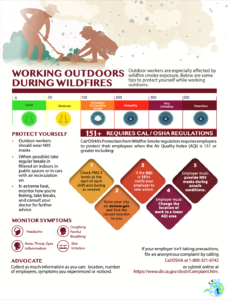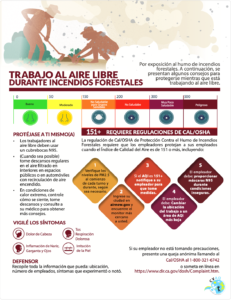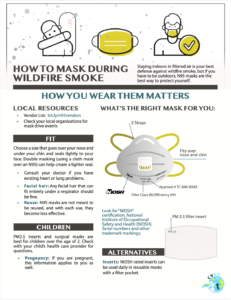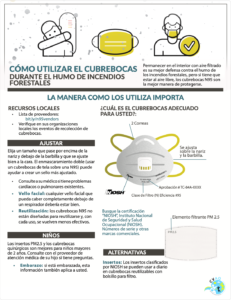PROTECT YOUR HEALTH
The first step to protecting your health is knowing what the current air quality is.
Click here to learn what the air quality is in your area.
Download and Share: Protect Yourself Brochure
Formas de Protegerse y Proteger a su Familia de la Contaminación del Aire.pdf
Protect Yourself and Your Family From Air Pollution.pdf
On a regular basis, you should…
If you have an HVAC system, replace your air filter every 3 months:
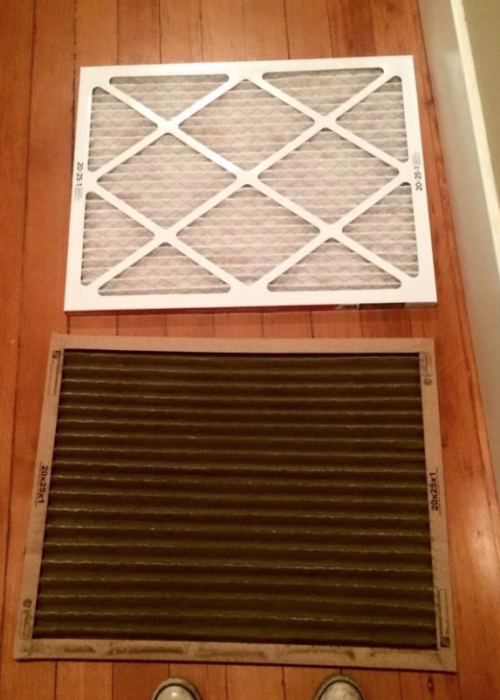
Air filters run the scale from MERV 1-18. The higher the MERV, the smaller the particles it can capture. If you want to capture the very fine particulates that are most damaging to our health, you’ll need at least MERV 11. It’s important to note, the higher the MERV, the harder it is for your furnace to pull air through the filter. You’ll have to find the right balance for your HVAC system. See a description of MERV ratings here.
Filters can be found online or at Home Depot, Lowes, Walmart, etc. Make sure you buy the right size for your system (measure before you go to the store) . They can cost anywhere from $5-15. We suggest you call or check online for pricing and availability ahead of time.
Check and Potentially Replace Your Car’s Air Filter
To protect your car or truck’s cabin air, you should replace its filter regularly. The location and recommended filter type can be found in the owner’s manual or online. Most filters are available at auto parts stores or through your mechanic.
Invest in an Air Purifier for Your Home
Portable air cleaners may be moved from room to room and used when continuous and localized air cleaning is needed.
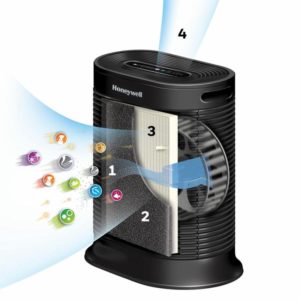 HEPA is the Best for PM2.5
HEPA is the Best for PM2.5
(Winter-time pollution): Any filter that is of HEPA quality will capture the fine particles. The unit will need a fan or some mechanism that pulls air in and out of the machine. Pay attention to how the product defines HEPA; “HEPA Type” is not true HEPA. Filters must be changed regularly to maintain their effectiveness.
Activated Carbon is Good for Ozone
(Summer-time pollution):Filters with an activated carbon layer can remove 60-70% of ozone pollution in the home.
Avoid “ionizers”
They can create ozone. Ionizers change the electromagnetic charge of particles so the filtration unit can more easily capture the pollution. However, electromagnetically charged particles can damage lungs, and, if an oxygen molecule bonds with two others, it becomes O3, or ozone. Ozone can irritate airways and exacerbate breathing-related problems.
Avoid or turn off UV Lights
Most UV light cleaners are ozone-free and will not damage lungs, but they do not kill pathogens as well as they say they do, if at all. Some of these technologies produce high volumes of ozone, so it is best to avoid air filters with this technology, or turn the feature off.
You can find purifiers online at Amazon.com or online/in-person at Target, Walmart, Lowes, Best Buy, etc. Ensure the product has a real HEPA filter and does not have an ionizer. You will most likely have to pay at least $55 for a good device.
Learn More about air filtration devices here.
Examples of Air Purifiers:
Large room
• $160 Levoitt (320 sq feet)
• $145 GermGaurdian (200 sq feet room)
• $100 PureZone (200 sq feet)
• $83 HoneyWell (155 sq feet)
Small Room
• $84 Levoit Air Purifier (83 square feet)
• $59 True Hepa HoneyWell (75 square feet)
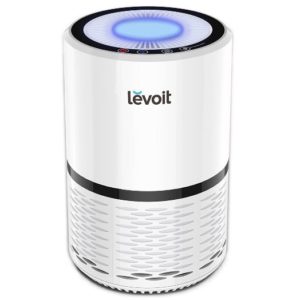
During periods of bad air…
Stay Indoors
Do not exert yourself outside. Keep children inside as much as possible.
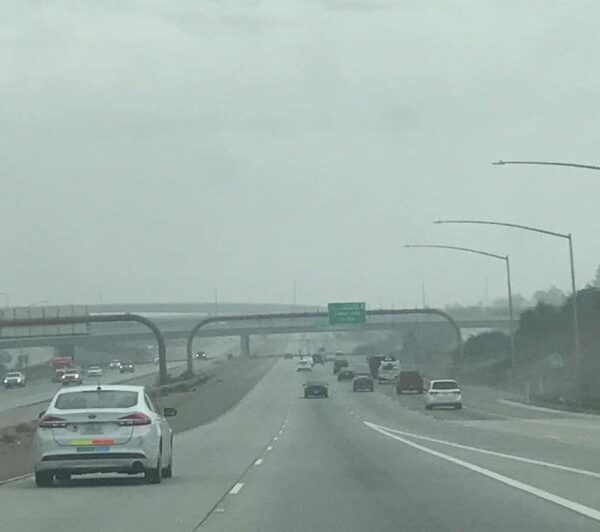
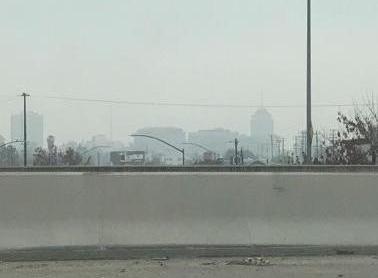
If you must go outside, protect yourself
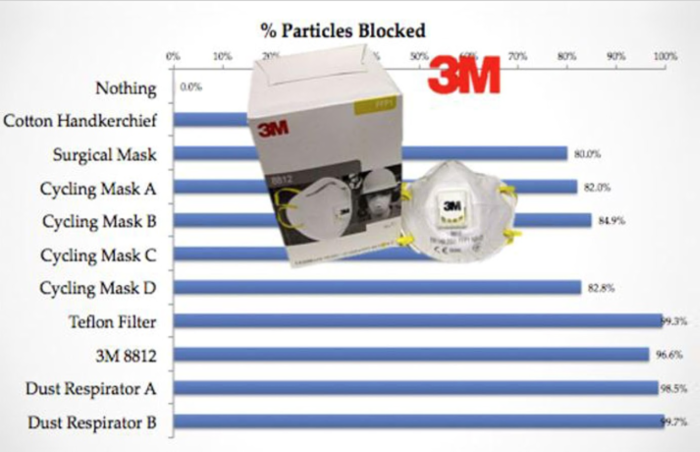
High levels of air pollution have been shown to affect developing immune systems in young people and cause everyone, especially older people, to be less able to resist infections like flu or pneumonia. High particle pollution is also known to trigger heart attack and stroke in susceptible individuals.
A cotton handkerchief will block approximately 30% of the particles. A surgical mask will block approximately 80%.
The best masks are the N95 masks used by painters and landscapers (shown above) which block 98-99% of particles. You can find these at any hardware store. One mask should be $3 or less. It’s cheaper to buy in bulk.
Do Not Burn Wood
Not burning is one thing you can do to protect the air and your neighbors’ health. One in five people in the San Joaquin Valley have asthma and one in four have high blood pressure . Your smoke could trigger an asthma attack or stroke in someone on your street! At the very least, some of your neighbors will not be able to walk outside or even leave their home if you’re burning.
When the air is bad, no one should be burning. Report residential or agricultural burning.

Report Violations
When the air is bad NO ONE should be burning. Report residential or agricultural burning here: www.valleyair.org/busind/ comply/complaint.htm
If you live in Fresno, Kern, or Kings County you can report violations to your local Environmental Justice Reporting and Monitoring Network at https://ivanonline.org/
For violations relating to interstate transportation, such as trains, planes, and ships reports can be made Through the Cal EPA Environmental Complaint System at: https://calepacomplaints.secure.force.com/complaints/
Protect Yourself During Wildfires
Protect Yourself During Wildfire Smoke
The San Joaquin Valley is one of the most polluted regions in the nation, and our air is made even worse by wildfire smoke.These are some ways you can protect yourself and your community. Download pdf below.
Working Outdoors During Wildfires
Outdoor workers are especially affected by wildfire smoke exposure. Below are some tips to protect yourself while working outdoors. Download pdf below.
How To Mask During Wildfire Smoke
Staying indoors in filtered air is your best defense against wildfire smoke, but if you have to be outdoors, N95 masks are the best way to protect yourself. Learn how to mask properly for wildfire smoke, download pdf below.

